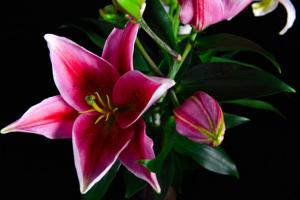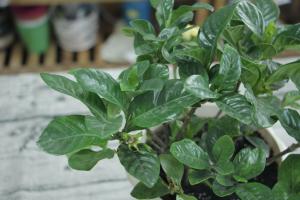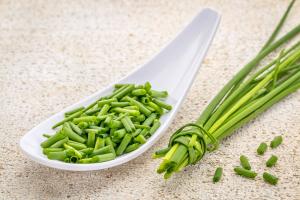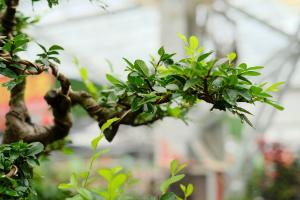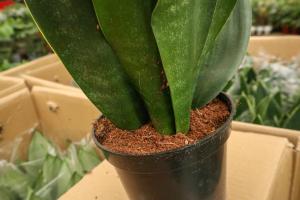Is Lavender a Good Container Plant?
Lavender is a beloved herb known for its beautiful perfume, lovely flowers, and numerous medicinal and culinary uses. It's no wonder, then, that many gardeners and plant enthusiasts wonder whether lavender is a good plant to grow in containers. The short answer is yes, lavender can thrive in containers if you provide the right growing conditions and care.
Benefits of Growing Lavender in Containers
One of the primary benefits of growing lavender in containers is that you can easily control the growing conditions, including the soil, water, light, and temperature. This means that you can tailor the environment to suit the specific needs of your lavender variety and ensure optimal growth and health. Growing lavender in containers also allows you to move the plants around and protect them from harsh weather conditions. Plus, lavender is a great plant for small-space gardening, as it doesn't take up much room and can be grown on balconies, patios, or windowsills.
Choosing the Right Container and Soil
When choosing a container for your lavender, look for one that is at least 12 inches deep and wide, with proper drainage holes to prevent waterlogged soil. Terra cotta pots are a popular choice for lavender, as they are porous and allow air and water to pass through, but any container made of plastic, wood, or metal can work as long as it meets the size and drainage requirements. For the soil, use a well-draining mix that consists of equal parts potting soil, sand, and perlite or vermiculite. Avoid heavy, water-retentive soils that can suffocate the roots and cause root rot.
Light and Temperature Requirements
Lavender requires full sun to grow and produce the best blooms and fragrance. Place your container in a south-facing location that receives at least six hours of direct sunlight per day. If you live in a hot climate, provide some shade during the peak of the midday sun to prevent sunburn and dehydration. Lavender also prefers moderate to cool temperatures, between 60-85°F (15-29°C), and can tolerate light frosts and freezes but not prolonged cold. During the winter, move your container to a protected area or cover it with a blanket or wrap to prevent damage.
Watering and Fertilizing
Lavender likes to be kept on the drier side and prefers infrequent but deep watering rather than frequent shallow watering. Water your plant only when the soil feels dry to the touch, and ensure that excess water drains out of the container. Avoid wetting the foliage or flowers, as this can cause fungal diseases. Lavender is a light feeder and doesn't need much fertilizer, especially if grown in nutrient-rich soil. However, you can apply a balanced fertilizer, such as a 10-10-10 or 5-10-5 formula, once or twice during the growing season to promote healthy growth and flowering.
Pruning and Deadheading
Pruning is essential for maintaining the shape, size, and health of your lavender plant, and it also stimulates new growth and flowering. Prune your plant in early spring or after the first bloom, cutting back one-third of the previous year's growth, leaving about 2-3 inches of green stems. You can also deadhead or remove the spent flowers to encourage more blooms and prevent seeding. Snip off the flowers as soon as they fade, using sharp scissors or shears to avoid damaging the stems or foliage.
Common Problems and Solutions
Like any plant, lavender can face some challenges, such as pests, diseases, or environmental stress. Some common problems that affect lavender in containers include root rot, spider mites, aphids, powdery mildew, and heat stress. To prevent and treat these issues, ensure that your lavender has proper drainage, good air circulation, and adequate space between plants. You can also use organic insecticidal soap or neem oil to control pests, and prune out infected or dead parts of the plant. If your lavender shows signs of heat stress, such as wilting or brown leaves, move it to a cooler location and water it deeply.
Conclusion
In summary, lavender is an excellent plant to grow in containers as long as you provide it with the right conditions and care. With its beautiful flowers, sweet fragrance, and versatile uses, lavender can add color, scent, and flavor to your home and garden. So why not give it a try and enjoy the joys and benefits of lavender in your own container garden?

 how many times do yo...
how many times do yo... how many planted tre...
how many planted tre... how many pine trees ...
how many pine trees ... how many pecan trees...
how many pecan trees... how many plants comp...
how many plants comp... how many plants can ...
how many plants can ... how many plants and ...
how many plants and ... how many pepper plan...
how many pepper plan...
